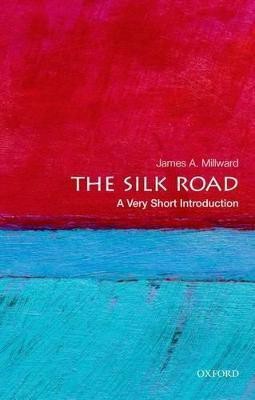The Silk Road(English, Paperback, Millward James A.)
Quick Overview
Product Price Comparison
The phrase "silk road" evokes vivid images: of merchants leading camel caravans over deserts and steppes to trade exotic goods in the bazaars of glittering Oriental cities, of pilgrims braving bandits and frozen mountain passes to gather scriptures and spread their faith across continental expanses. Beyond the exotica, however, this VSI will be a sketch of the historical background against which the silk road flourished, and an essay on the significance of old-world intercultural exchange to Eurasian and world history generally. On the one hand, Millward treats the silk road broadly, as a metonym for the cross-fertilizing communication between peoples across the Eurasian continent since at least the Neolithic era. On the other, he highlights specific examples of goods and ideas exchanged between the Mediterranean, Persian, Indian, and Chinese regions, along with the significance of these exchanges. While including silks, spices, travelers' tales of colorful locales, the main focus of the book is to outline the dynamics of Central Eurasian history that promoted silk road interactions, especially the role of nomad empires; and to highlight the importance of the biological, technological, artistic, intellectual, and religious interchanges across the continent. Millward shows that these exchanges had a profound effect on the old world that was akin to, if not yet on the scale of, modern globalization. Millward also considers some of the more abstract contemporary uses to which the silk road concept has been put. It is, of course, a popular marketing device for boutiques, museums, restaurants, and tour operators from Venice to Kyoto. More than that, however, the silk road has ideological connotations, used sometimes to soften the face of Chinese expansion in Central Asia, or, in the US culture wars, as a challenge to the "clash of civilizations" understanding of intersocietal relations. Finally, while it has often been argued that the silk road declined or closed after the collapse of the Mongol empire or the opening of direct maritime communications from Europe to Asia, Millard disputes this view, showing how silk road phenomena continued through the early modern and modern expansion of Russian and Chinese states across Central Asia. ABOUT THE SERIES: The Very Short Introductions series from Oxford University Press contains hundreds of titles in almost every subject area. These pocket-sized books are the perfect way to get ahead in a new subject quickly. Our expert authors combine facts, analysis, perspective, new ideas, and enthusiasm to make interesting and challenging topics highly readable.


